It is an ambitious goal of the EU to become the first climate-neutral continent in the world by 2050. But there is another way and there are other reasons to think about it.
Shipping and fulfillment costs have skyrocketed at online retailer Amazon over the last ten years: Total logistics costs between 2009 and 2019 had risen more than 20-fold.
- Last year alone, the company’s shipping costs amounted to 37.9 billion dollars.
- Fulfillment costs (e.g. costs for operating and staffing fulfillment centers) add another 40.2 billion dollars to a hefty logistics bill.
- Although Amazon’s revenue has also increased more than tenfold since 2009, this was not enough to offset the increase in logistics costs. In 2009, shipping and fulfillment costs amounted to 15.6 percent of net sales.
By 2019, this share had risen to 27.9%.
Competitiveness and the conquest of market share has its price. That’s why Amazon leaves nothing to chance. Amazon is not only a leader in research spending, it is also investing in the expansion of its robotics.
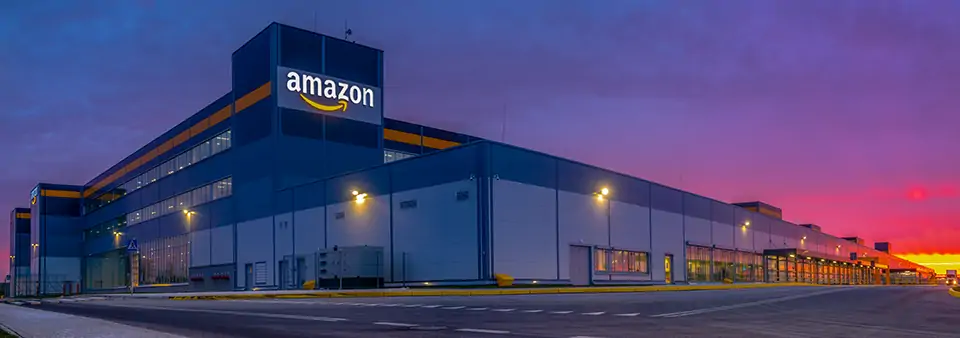
Amazon invests heavily in research and robotics – Photo: Mike Mareen|shutterstock
Amazon has also made impressive progress in the field of photovoltaics, going from zero to almost 330 megawatts of energy capacity in just five years. This year, a 45 MW solar farm will be completed in Virginia and is expected to supply 100,000 megawatts of clean electricity annually. There are currently plans for solar farms in Seville (Spain) with 149 MW, in Lee County, Illinois (100 MW) and in Northern Virginia (80 MW).
In the USA, Amazon ranked first in 2018 for the number of solar systems installed and second for the total number of solar systems installed to date.
Amazon now has 70 renewable energy projects (21 wind and solar parks and 50 solar installations on logistics centers) worldwide, with an estimated total capacity of 1,900 MW, providing 5.3 million megawatt hours (MWH) of climate-neutral electricity annually.
These are impressive figures! But it shows once again that Amazon is planning for the future, for the expansion of its market dominance alongside
- Robotics and
- Automation
on
- Autonomous power supply
sets.
The focus here is not on green intralogistics, sustainability, CO2 reduction and decarbonization – it is a significant and positive marketing side effect in the still young decade, especially for marketing as a pioneer in the field of environmental protection. But nothing more.
It is about the higher future costs for environmental protection requirements, electricity peaks (infrastructure and grid stability) and the CO2 balance.
The CO2 balance, also known as the greenhouse gas balance or CO2 footprint, will become more important in the future if it is subject to tax and cost surcharges in the CO2 labeling of goods and services.
Shipment Zero
Amazon writes in its blog: “In operations alone, we have over 200 scientists, engineers, and product designers dedicated solely to finding new ways to use our scale for the good of customers and the planet. Amazon has a long-term goal to power its global infrastructure with 100% renewable energy, and we’re making solid progress. With improvements in electric vehicles, aviation biofuels, reusable packaging and renewable energy, we can now see a pathway to carbon neutral delivery of shipments to customers for the first time, and we’re setting an ambitious goal to reach carbon neutrality with 50% of all Amazon shipments by 2030. We call this project Shipment Zero.”
It would be too short-sighted to assume that Amazon, as a moral pioneer for a green future, is making all the effort and investment. 200 scientists, engineers and product designers are not there to exemplify a green future, but to secure and increase the company’s turnover and profits, to reduce costs where possible in order to secure and expand its market position for the future.
Amazon relies on 2 pillars here:
- Automation with the help of digitalization (digital transformation), smart technology (especially smart factory), Internet of Things and Industry 4.0.
- Autonomy in the power supply, increasing your own independence and energy efficiency, climate neutrality
Photovoltaics is an autonomous power supply
Falling installation costs and government incentive programs have boosted the acceptance and scalability of solar as a practical energy source for businesses. As costs continue to fall, business adoption rates are expected to increase, continuing this correlative trend.
The German Renewable Energy Federation (BEE ) assumes that solar energy will have the largest installed capacity of all renewables in Germany by 2030 at 100 gigawatts (GW). Wind power plants (onshore and offshore) follow in second and third place with 59 GW and bioenergy with 6 GW. Hydropower and geothermal energy share fourth place with 0.5 GW each.
Photovoltaics is predestined for the manufacturing industry, mechanical engineering and logistics, with its large areas and halls.


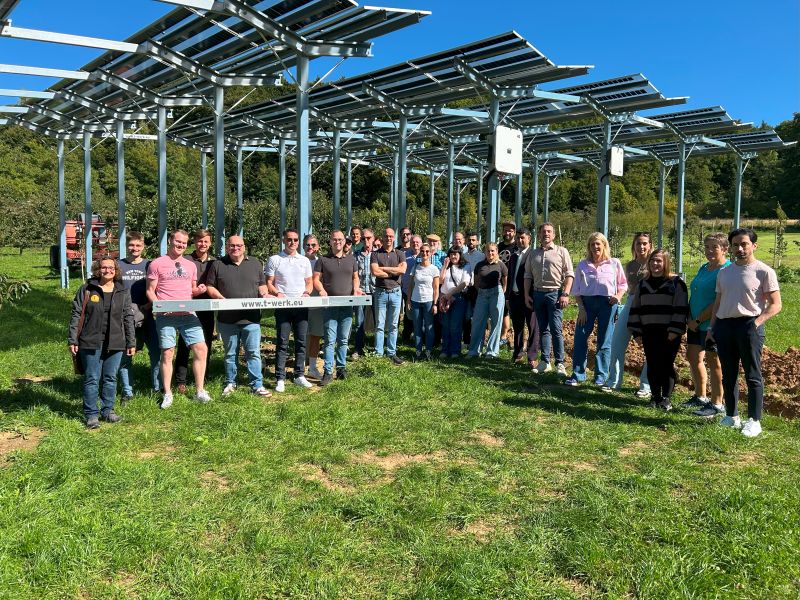
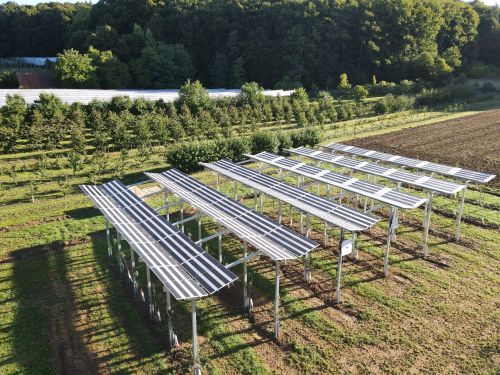


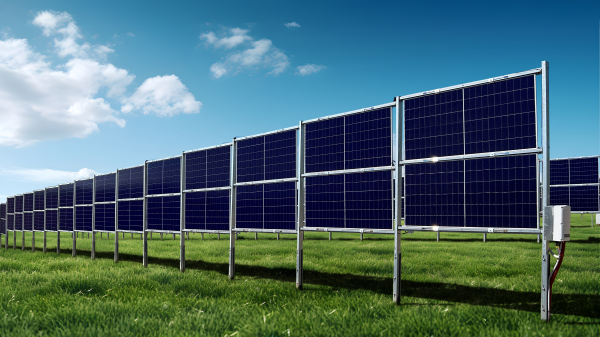





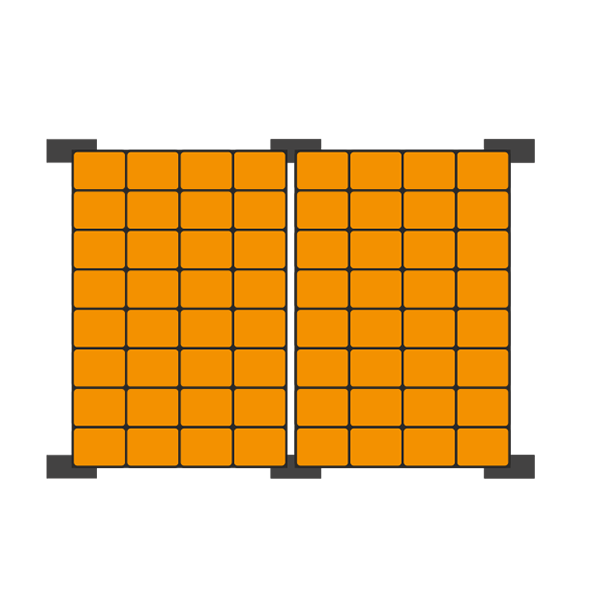










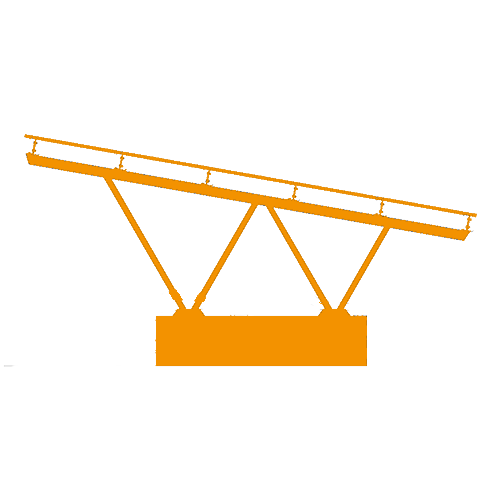

0 Comments